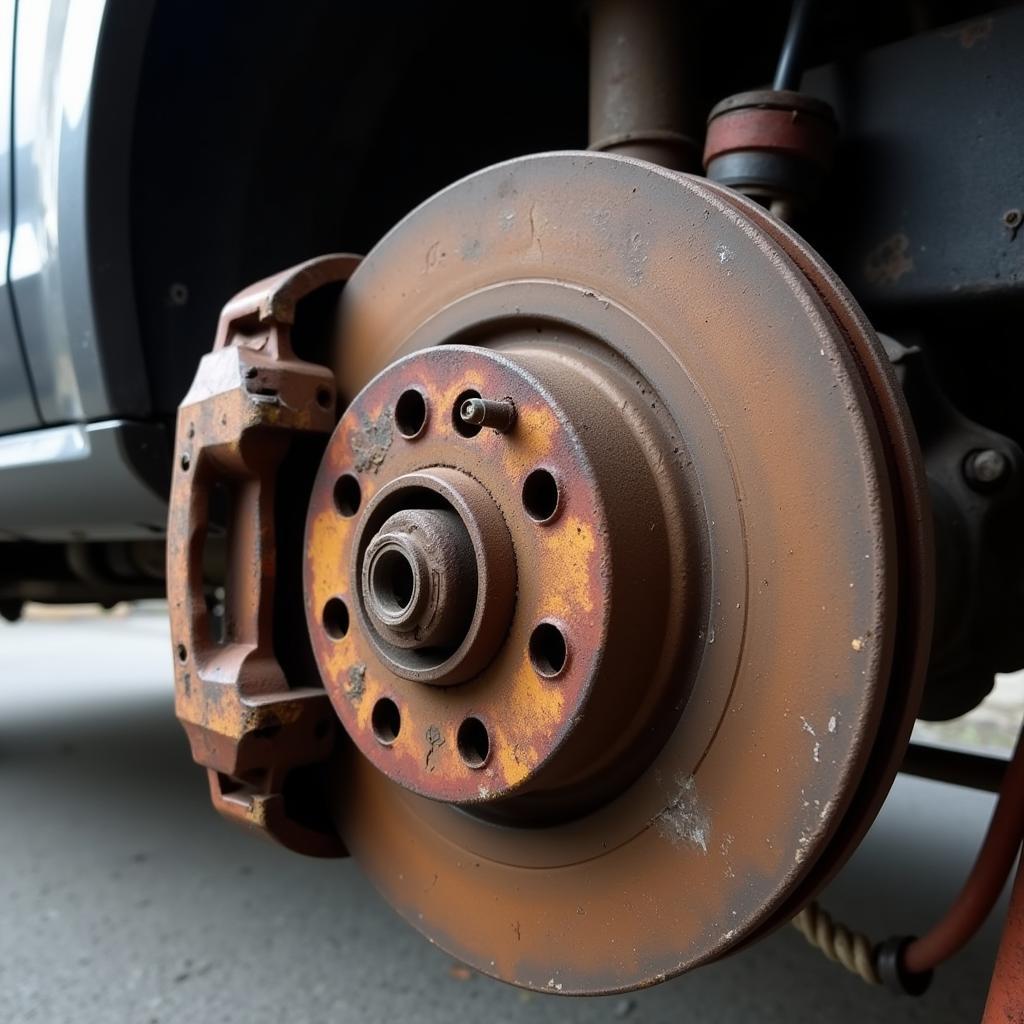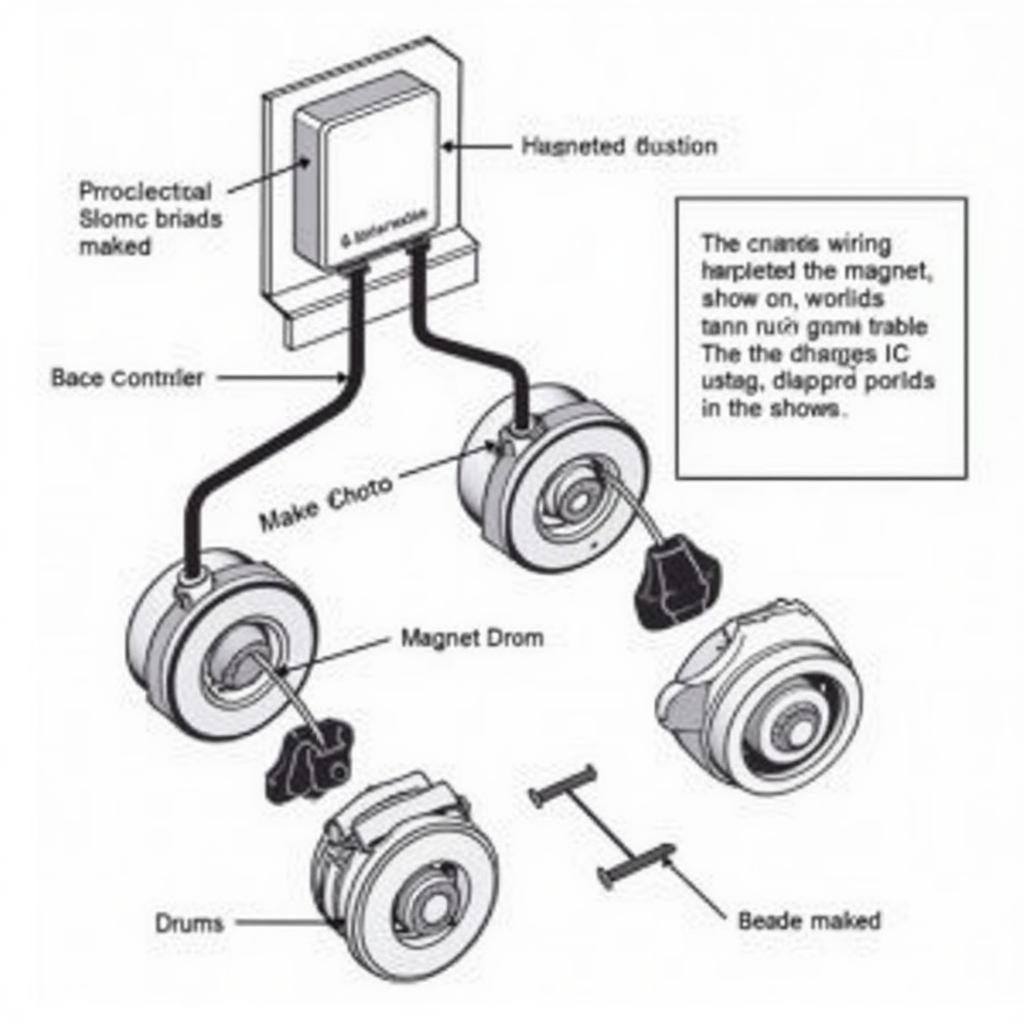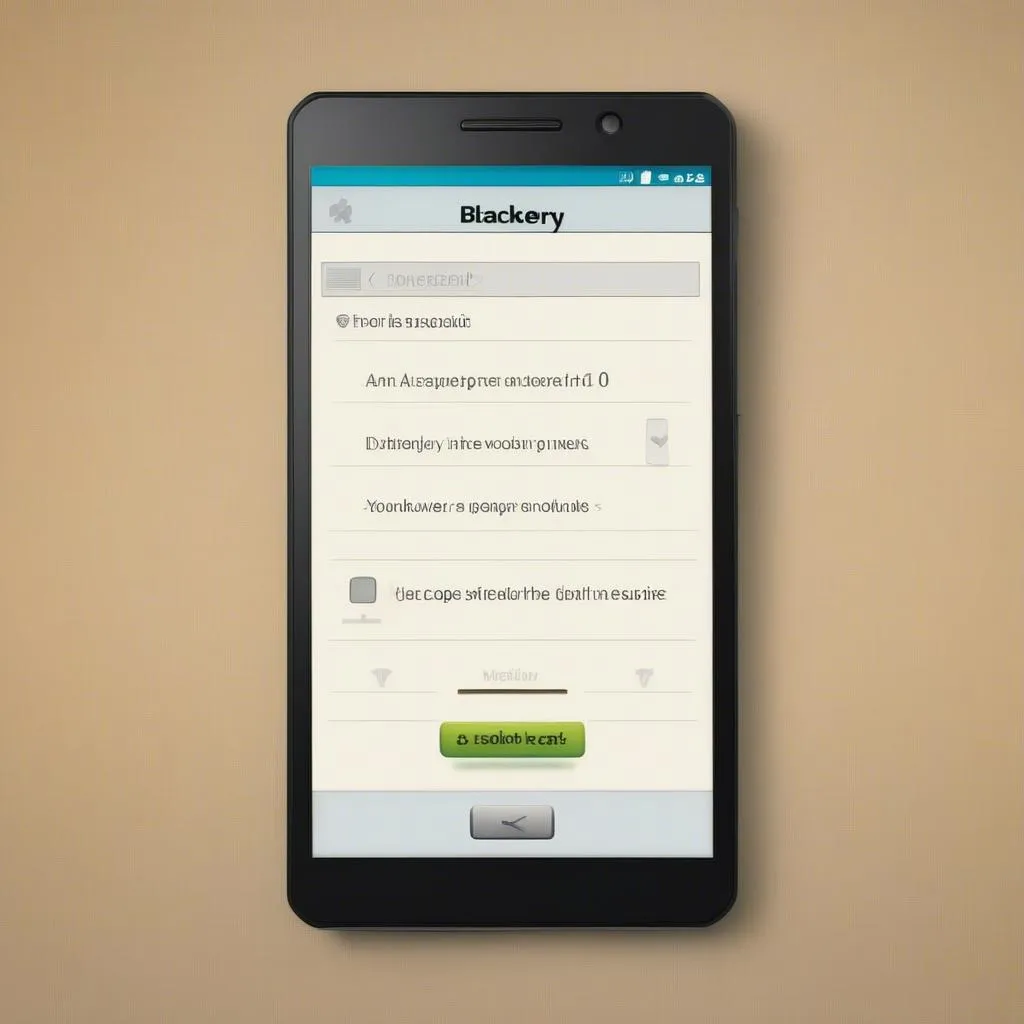If you’re driving your 1995 Nissan 300ZX and notice the brake light warning light on your dashboard, it’s crucial not to ignore it. This warning light typically signals a problem with your vehicle’s braking system, which could compromise your safety and the safety of others on the road. While it might seem intimidating at first, this article will guide you through the common causes of this issue and provide potential solutions to help you get back on the road safely.
The brake light warning light in your 1995 Nissan 300ZX serves as an early warning system, alerting you to potential issues within your braking system before they escalate into major problems.
Common Causes of the Brake Light Warning Light
Several factors can trigger the brake light warning light on your 1995 Nissan 300ZX’s dashboard. These include:
-
Worn Brake Pads: One of the most common culprits is worn-out brake pads. As you use your brakes, the friction material on the pads wears down. When the pads get too thin, a sensor inside the brake caliper triggers the warning light, indicating it’s time for a replacement.
-
Low Brake Fluid Level: Your car’s braking system relies on hydraulic pressure created by brake fluid to function correctly. If the brake fluid level is low, it could signify a leak in the system, leading to reduced braking efficiency and potentially complete brake failure.
-
Faulty Brake Light Switch: The brake light switch, located behind the brake pedal, activates your brake lights when you press the pedal. If this switch malfunctions, it can disrupt the signal to both your brake lights and the warning light on your dashboard.
-
Issues with the ABS System: Some 1995 Nissan 300ZX models are equipped with an Anti-lock Braking System (ABS). While the ABS warning light usually illuminates for ABS-related problems, a general brake system malfunction, including those mentioned above, can also trigger the brake light warning light.
 Worn Brake Pads and Rotors
Worn Brake Pads and Rotors
Diagnosing the Problem
To address the brake light warning light effectively, you need to identify the root cause. Here’s a step-by-step guide to help you diagnose the issue:
-
Check Your Brake Fluid Level: Park your car on a level surface, pop the hood, and locate the brake fluid reservoir. Check the fluid level against the “MIN” and “MAX” markings on the reservoir. If the fluid is low, there might be a leak in the system that needs professional attention.
-
Inspect Your Brake Pads: While checking the brake fluid, visually inspect your brake pads through the spaces between the wheel spokes. If you notice the brake pad material is significantly thin (less than ¼ inch), it’s time to replace them.
-
Listen for Unusual Noises: When applying the brakes, listen for any unusual noises, such as grinding, squealing, or clicking. These sounds can indicate worn brake components and warrant further inspection.
 Checking Brake Fluid Level
Checking Brake Fluid Level
Remote Software Solutions for Modern Cars
While remote software solutions are becoming increasingly common in modern vehicles, they are not readily available for older models like the 1995 Nissan 300ZX. These advanced solutions often allow for remote diagnostics, software updates, and even minor software-related repairs.
“Modern cars are becoming more connected, enabling us to diagnose and even resolve certain issues remotely,” says automotive electrical engineer, Sarah Chen. “However, for older vehicles, hands-on inspection and repair remain the standard.”
What to Do If the Warning Light Persists
If you’ve checked the brake fluid level, inspected your brake pads, and listened for unusual noises, but the warning light remains illuminated, it’s best to consult a qualified mechanic. There could be a more complex underlying issue requiring professional diagnosis and repair.
Remember, your vehicle’s braking system is crucial for your safety and the safety of others. Addressing any warning lights promptly and ensuring your brakes are in optimal condition can help prevent accidents and keep you safe on the road.


